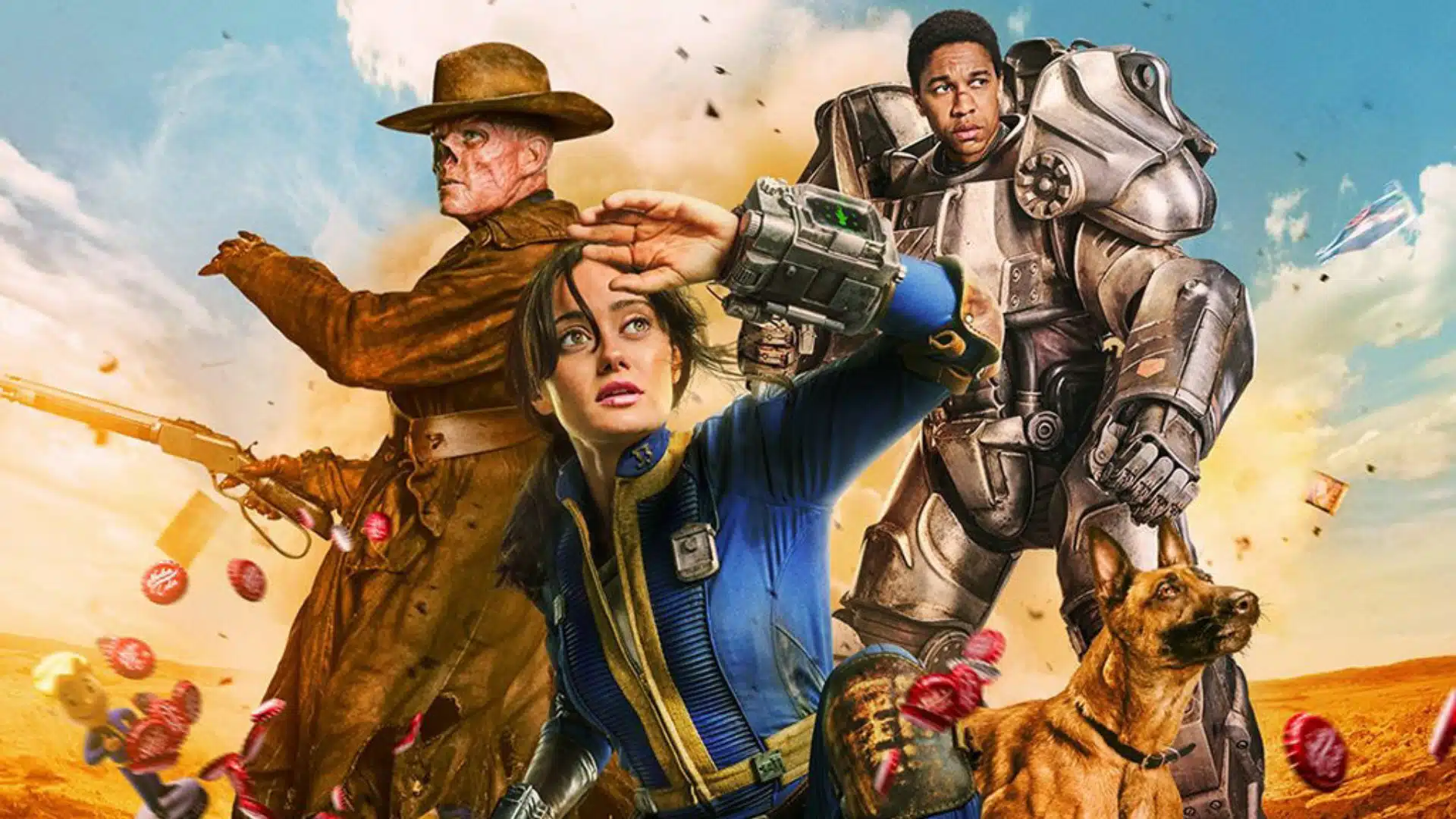Amazon’s Fallout Season 1 is a prime (heh) example of how you do video game adaptations, staying faithful to the source material while expanding on the universe with an original tale. MP1st was givent he chance to watch the full season before it launched, and here’s a full review of Fallout Season 1.
I Don’t Want to Set the World on Fire
Good adaptations for today’s modern games and comics are hard to come by. You either go with a retelling of the same story, only to blunder it by changing so much that it’s not the same anymore, or you tell of an original story that seemingly serves as a reboot that ultimately fails for, again, being so different. It’s hard to please the hardcore fans, but even looking past them, we’ve had plenty of adaptations that have failed to capture the very magic that got those fans in the first place.
One recent example that comes to mind is Paramount’s Halo, a show that I would say has wasted the source material and long history of the franchise to tell its version of it. Suffice it to say that while the second season is arguably better than the first, it’s not a series I would call all that great, given how much it revolves around important franchise characters and how much is changed about them.
There have been loads of others, like Death Note, Cowboy Beebop, Doom, and so many more, though we’ve also had some really good adaptations, like Pokemon, Sonic, The Witcher (early seasons), and even HBO’s The Last of Us. That last one is the most interesting of the bunch because, unlike the formers, HBO’s The Last of Us is a complete retelling of the first game.
That might be why it was so well received, given that it stuck to the source material as much as possible and had actors that could capture the very emotions that players felt through the game. Sure, it made some changes to how certain things played out, but many would probably agree that those changes were done in a respectable way as it still ended up being the same story, and if not, offered more for the franchise.
Now, as we previously reported, Amazon Prime’s Fallout series isn’t going the route of The Last of Us in being a retelling of the story. Heck, it’s not even going in the route of being a reboot for the sake of bringing in a new audience. Instead, the series is a new tale told within the existing universe. That means the game’s stories and history built up until the show’s timeline exists within this series.
This makes a ton of sense, given that every Fallout game isn’t a direct sequel despite the numbering. The stories of previous games may be referenced, but each Fallout takes place decades later in a completely different location with a different cast of characters. Factions, such as the Brotherhood of Steel, exist between all the games and other commonalities, but they are different stories featuring a different Vault Dweller and a different cast of characters.
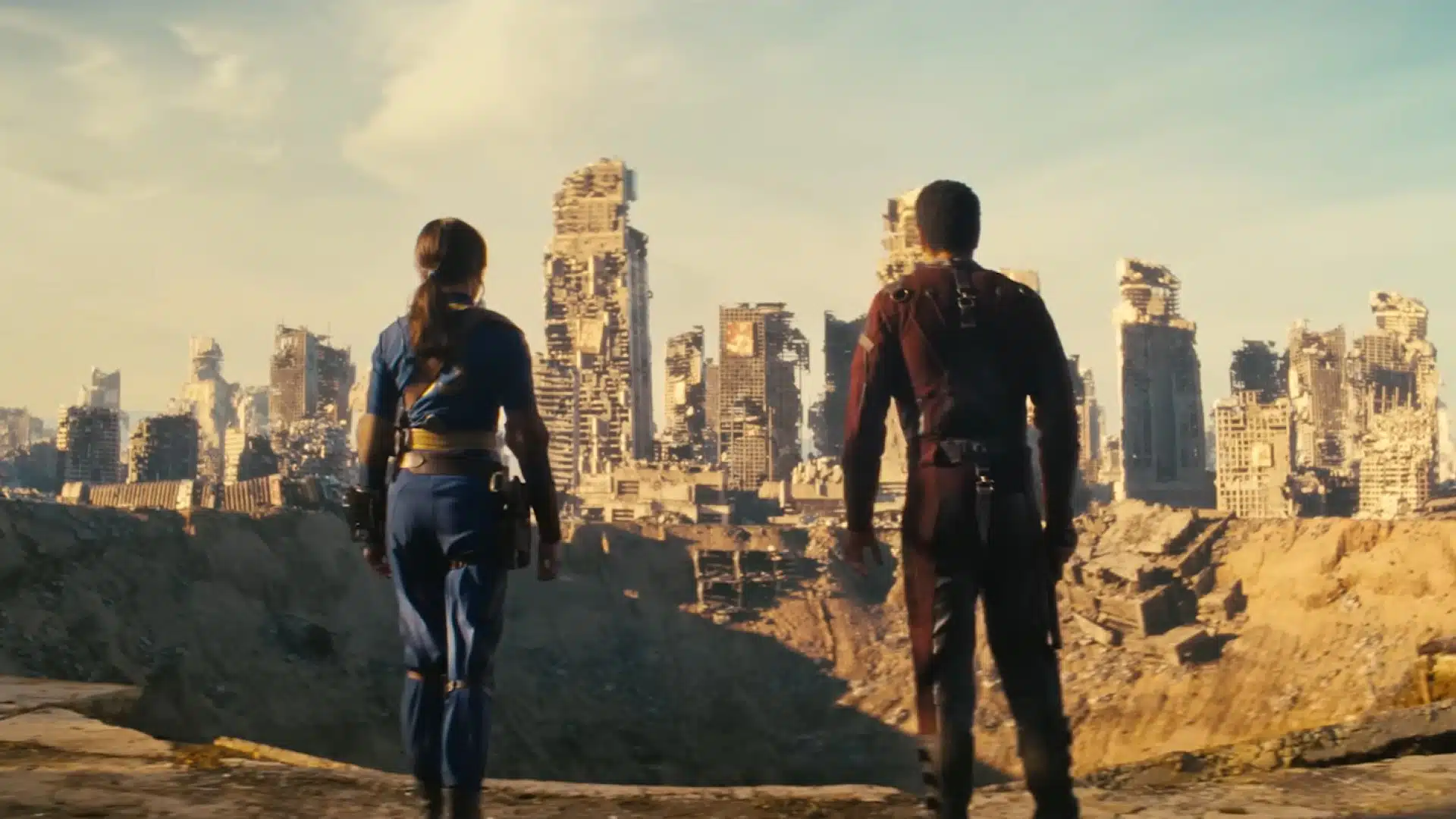
The Prime show follows this tradition: a different cast of characters with their own story within the universe.
That will probably get a lot of eye-rolls, considering how many adaptations have done this in the past, only to steamroll everything fans know and love. But look at it this way: with how important decision-making has been in all the Fallout games, these have become titles more about your story, how you interact with the world you live in, and how it evolves to those interactions. The reality is that a TV series based on a retelling of one of these games probably wasn’t going to live up to expectations, given how dynamic the story is.
So what is this story? Well, like all Fallout titles, the journey of the show begins right inside one of the many developed Vaul-Tec vaults that were built ahead of the nuke droppings. This vault, numbered Vault 33, is home to many dwellers who live a rather protective life. Though they are educated and have combat training, their lives are essentially modeled after the perfect family of the 1950s’. Be kind to your neighbors, and follow one of the many golden rules every Samaritan followed pre-nuke.
They have little knowledge of what’s going on in the world above them, and from a fan of the series, this particular vault doesn’t appear to have any strange experiments taking place, as we’ve seen in so many other vaults. However, we soon learn that this vault is unique because it’s connected to two other vaults, vaults 31 and 32. Like this vault, not much else is known about the other two vaults other than them supposedly being mirrored copies of 33, though we do learn that there seems to be trade agreements between all the vaults, with even Dwellers being traded between one another in exchange for resources.
Now, I’m not here to spoil anything, but let’s say that, like all the games, our protagonist, a female Vault Dweller named Lucy (Ella Purnell), eventually finds herself in a situation that forces her to leave Vault 33. With a goodie two-shoe attitude on her shoulder and little knowledge of what awaits in the wasteland, what could go wrong? A lot, and it doesn’t take Lucy very long to realize the mistake she made in leaving the vault. Everything is out to kill her, and she doesn’t quite understand why.
As Lucy’s story unfolds, we also get introduced to two other protagonists: Maximus (Aaron Moten), a newbie in the Brotherhood of Steel faction, and The Ghoul (Walton Goggins), who takes on a cowboy bounty hunter persona stemming from his life before the nuclear fallout. Yes, The Ghoul is that old and maybe the oldest Ghoul in the franchise, having to be able to live a life before the nukes dropped that would send the world into chaos.
The series has an A plot to tell, with three B plots being told within it. Normally this creates a muddy narrative, with too much to be told and not enough time to tell it, but surprisingly, the show juggles all plot lines rather well.
They’re all after the same MacGuffin, which means that eventually, all paths lead to each other. It’s not that long, actually, as Lucy finds herself facing off against The Ghoul, prompting a very oddly delivered exchange between the two. You’ve probably seen the clip.
If you’re one of the many who thought her delivery was “awful,” know that this is just pure acting, with Ella Purnell playing Lucy to exactly how a vault dweller in her position would probably sound. Lucy, as she would put it, comes from a vault of naive people who believe everyone is good and can be talked out of things. She thinks that everyone is just like her, with an instant understanding of one another, and that kind of exchange would be had. It’s unreal, almost robotic, but it makes entire sense.
That’s the environment she grew up in, and I wouldn’t be surprised if she, along with every other member of the vault, ever experienced being angry and unkind. In Lucy’s world, there are no such problems. Everything is perfect, everyone is good, and there is no concept of killing, no concept of rage, frustration, or anything unpleasant. She and everyone else in the vault were taught to live a fairy tale life from the outdated books they have. She doesn’t even know what a swear word is.
So it makes sense that Lucy would talk in such a way, and mind you, she doesn’t speak robotically throughout the series. This scene happens very early, and as the series goes on and Lucy experiences more hardship, she begins to understand the harsh world she now lives in. It’s not a kind world at all. Don’t think for a minute that Lucy is some Mary Sue just because she’s a female lead and with all that’s going on in today’s entertainment climate. Far from it, she gets beat up, disrespected, and all other kinds of mistreatment. This world spares no one, and Ella Purnell plays Lucy very well.
Maximus is a fantastic character, too, though he’s more of the opposite of Lucy’s naive nature, knowing full well of the dangers in the wasteland. Being a member of the Brotherhood of Steele also paints a target on his back, so it is understandable he plays things more cautiously while also trying to be a hero. He’s out for glory and wishes to be idolized, much like the knights he idolized growing up.
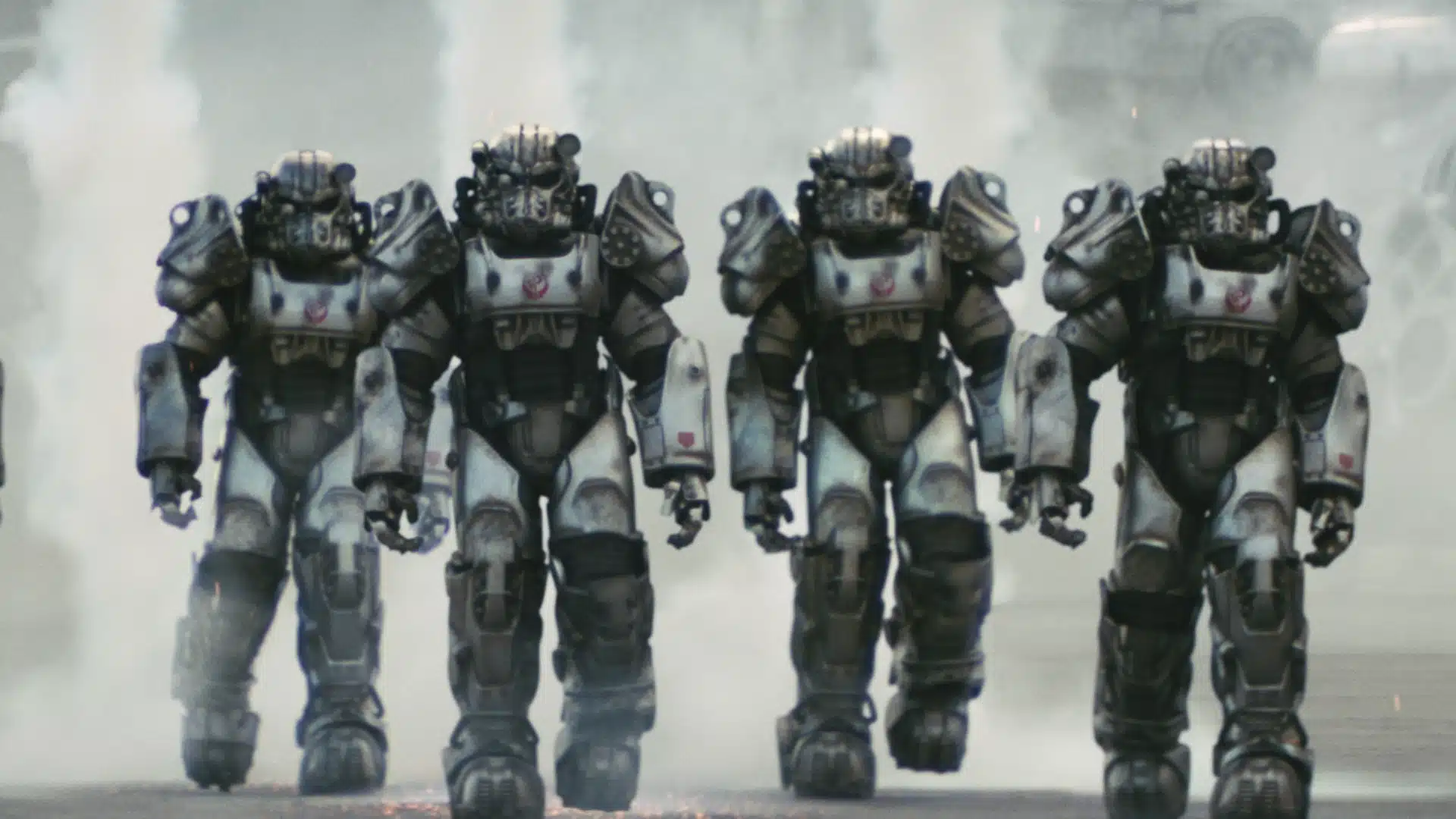
However, Walton Goggins absolutely steals the show as The Ghoul, and a former version of that Ghoul. The show brilliantly paces itself between these three stories, but for the Ghoul, another story unraveling is the one before the nuke droppings. We’ll get flashbacks to The Ghoul’s past life in every few episodes, which explore not only who The Ghoul was before his transformation but also the events leading to the nuclear holocaust. As it turns out, The Ghoul used to be a big, good guy western cowboy movie star. Though at this point in the timeline and in his career, he was moving towards more of the good-guy-bad-guy career, similar to that of Clint Eastwood.
Either way, life was good for him. Not only was he successful financially, but he also had a family that all cared and loved each other. He was living the American Dream.
Goggins somehow manages to slip seamlessly between his all-caring, loving family guy persona and the brutal, ruthless, and cold Ghoul we see throughout the series. It’s hard to believe it’s the same character being played by the same actor, and yet it’s two different personas being shown on the screen.
I’ve seen Goggins in plenty of other stuff, but more recently, he’s been playing comedic roles in shows like Vice Principle and The Righteous Gemstones (come on, Baby Billy’s Bible Bonkers is pure comedy gold). To see him slip back into something more dramatic and gruesome, especially that role of The Ghoul, he just kills it. I’m sure he’ll become a fan favorite and, hopefully, one that is here to stay for the long haul.
But I hope for that with all the main characters, cause I honestly can’t say there was one I hated unless the show wanted me to, and even then, there’s meaning and understanding given.
What I love is how all three characters — in some weird and funny way — embody our own experiences with the games. Lucy is us when we first played Fallout, unsure of what exactly we’re getting ourselves into and being shocked when shit starts hitting the fan. Maximus is us when we’re just getting the hang of things; we know not to trust anyone, shoot anything that moves, and, “Wait, is that a fucking power armor? Proceeds to waste all its energy in a single jump.”
The Ghoul is who we are when we’ve reached max level with the best stats and weapons possible before encountering the first big baddy. He’s overpowered and a total badass.
It feels like video games, which is something that adaptations severely struggle with. It does so without being too tacky about it, but it still embraces the fact that it’s based on a video game. Despite being live-action and based on some real-world science, the show isn’t afraid of breaking that realism. Take character injuries, for example. Like in the games, a character on the show can be severely injured, only to take a stimpack and suddenly be fully healed. Or dying from radiation poison, taking Radaway, and recovering as if nothing ever happened. Even cutoff limbs can be healed in an instant.
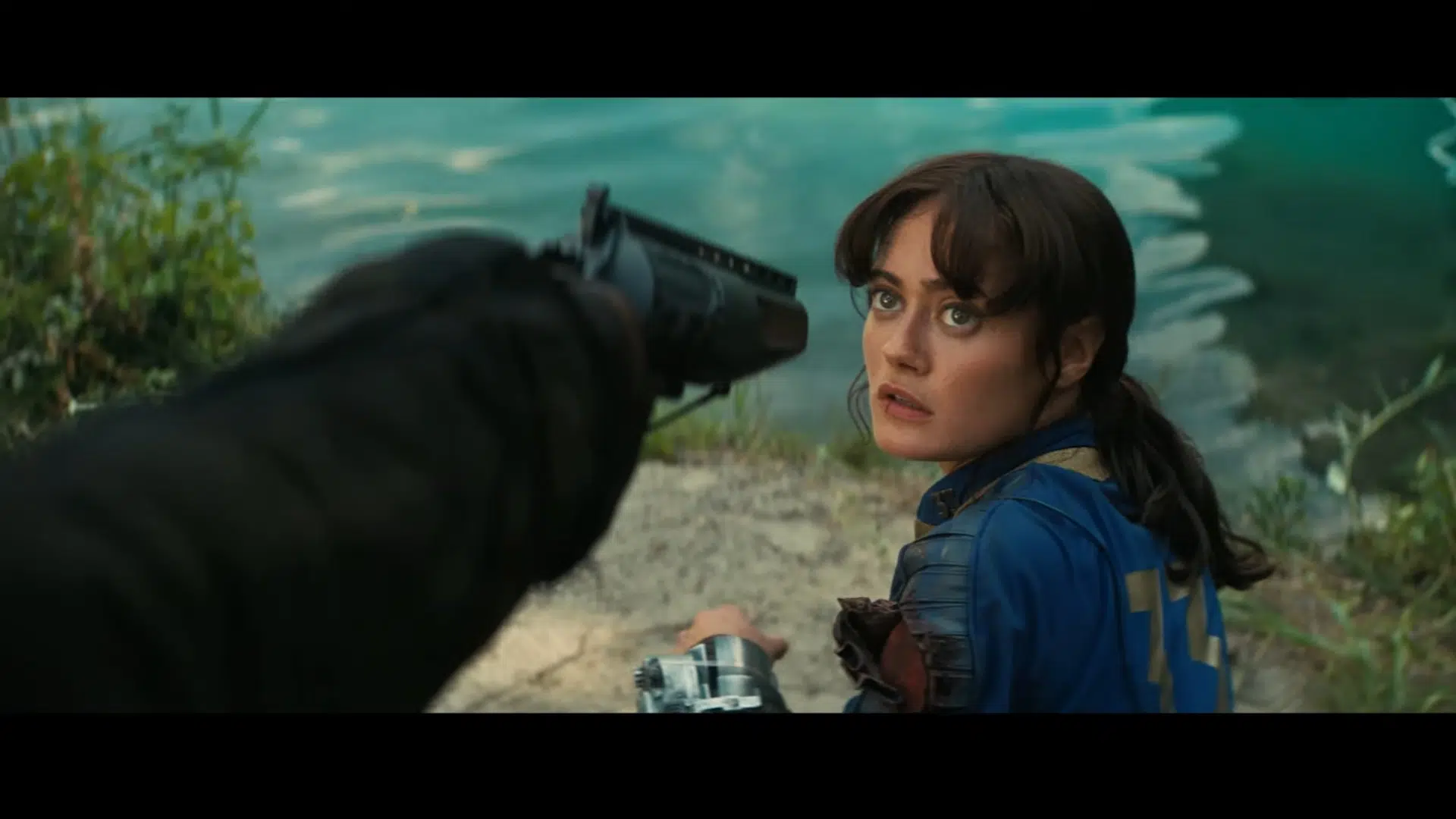
Hilariously, the show even has an answer to being over-encumbered, at least with the Brotherhood of Steel. Each knight is accompanied by a squire who carries a massive sack with inventory. I mean, what Fallout player hasn’t unloaded their entire inventory onto one of their companions?
There are a lot of these moments that aren’t so much in your face, but any fan of the franchise will undoubtedly appreciate their subtlety.
Of course, if you’re a die-hard Fallout fan, you’re probably more worried about the more significant things in the show. What’s been canonized, and what’s been retconned?
No spoilers here, and I’ll be frank: I’m not the biggest history buff when it comes to the Fallout series, but I will say that fans of the original games (Fallout 1 and 2) will probably be quick to notice how much the story of the show shares in what was established by those games. There are, of course, references to the other Fallout games, seeing that this is after those events, and maybe even establishes some canonical endings (I honestly don’t know). Still, long-time fans will notice how deeply rooted the show is to the first two Fallout games.
I can’t say whether or not the show will make every fan happy, but based on my experience with it and how it takes the world of Fallout and everything established in it, I think it works very well without overstepping. I’m sure there will be some things that fans might not like (such as the lack of mentions of certain factions), but overall, the show felt more like an expansion of the existing lore without changing too much. Take that as you will, but at the end of the day, I enjoyed the story the show told and the story unfolding in the background of it all.
This brings me to the final part of our review: the music and visuals. What can I say about the music of Fallout that hasn’t already been said? It’s always been great, and the choice to keep popular records from the 1940s and 1950s in the game and having them play across a wasteland adds a whole different vibe to them. It’s uplifting, yet at the same time, sort of creepy and fitting for the setting. The original score of each game was also kept in theme with that era of music, with it being a highlight in both New Vegas and even Fallout 76.
Yeah, it’s old-timey, but it works so well in the world imagined by Bethesda that it sets the perfect atmosphere for the wasteland about to be explored.
Music composer Ramin Djawadi, who previously worked on Game of Thrones and West World, really did his homework. Of course, we have some of the classic licensed music from the games playing throughout the show, but the original score in between all that captures the mood of this world and its character. The Ghoul’s theme is one of my favorite to be brought up because you always know that shit is about to go down when it plays. There are lots of memorable original tracks that just hit so hard when they play during the scene they’re tied to.
What’s most impressive, though, and how I know that real fans worked on this series, is how jaw-droppingly good the sets look. Vault 33 looks and feels like a vault plucked straight out of the game, and there’s so much attention to detail given to it it’s hard not to be impressed. While watching the show, I would pause certain parts to sit there and look to see what was happening in the background. It got me interested in learning more about the world being displayed here, and I know eagle-eyed fans will find some of the cool nods I’ve noticed myself.
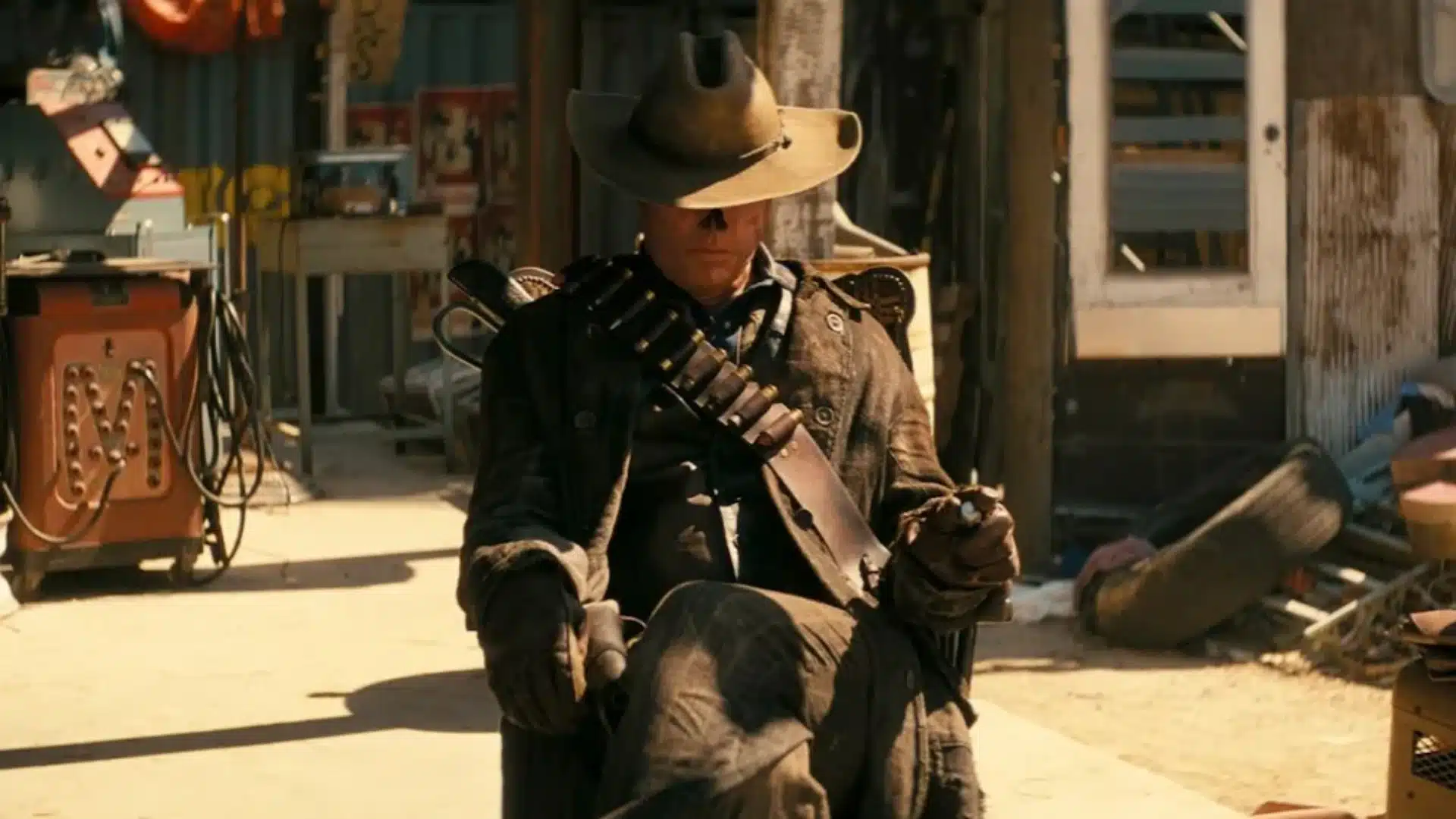
The wasteland is every bit of how I imagined it to be. It’s dark and grimy, devoid of nearly all human life. There’s a hint of what used to be seeing the characters trek across, and though the viewer knows exactly what that was, you can’t help but feel that sense of wonder and exploration. I’ve spent hours wandering in the wasteland in the games, and seeing it in the show just makes me want to boot up the game to get that feeling again.
It’s gorgeous, even the raggedy built towns the characters come across that look like it was thrown together with all kinds of junk. There’s a story to be told in the environment itself, and the showrunners and art team have really nailed down that post-apocalypse look that is unique to the Fallout series.
A mix of both practical and CGI is used, and it all looks gorgeous — the Power Suit especially, which gets shown throughout the entire series rather than some one-use item. However, with this being the show’s first season, you can tell they had somewhat of a limited budget. It’s not a very action-packed show, though when the action does hit, it hits, and the studio doesn’t shy away from big explosions, shootouts, and gore. There’s a bit of a lack of mutated animals and such, where the games always had encounters with them, and they get used sparsely in the show. Hoping Season 2 goes a bit bigger on that side, as I would love to see some super mutants and a more threatening world than the one shown in the show.
War Never Changes
I went into the show with some big doubts, as we’ve been burned plenty of times, and this being the second live-action from Xbox (Halo being the first), there was some massive worry on my side. But as soon as that first episode opened up to set what would be the tone of the whole series, I knew almost right away that Fallout was in good hands.
This is easily one of the best live-action video game adaptations ever to hit the silver screen, and whether you’re a fan of the video game series or someone who has never played it, Amazon’s Fallout series has everything you’d want out of a good television show. It’s faithful to the source material while also serving as the perfect introductory to the series that’ll undoubtedly reel in a generation of new fans.
Here’s yet another one for the list of games-turned-TV shows that have managed to break the “video game curse,” putting it up there with all the other fantastic video game adaptations.
